Longest Living Animals in the Planet and Fun Facts About Them
The hardest truth about life is death. Every living being will one day be born and then die, as that is the law of nature. But it is equally amusing to see how many years animals live. We all know the average age that humans and pets live. But do we know the longest living animals on earth? Well, let’s check it out!
Table of Contents
Longest living animals
Here is a list of the longest living animal species and how long they live:
Immortal Jellyfish
These longest living animals are said to be biologically immortal because whenever their bodies start deteriorating through the age or damage, they start regenerating themselves. The free-swimming animals have the body and use their tentacles to capture the prey.
They are found everywhere in the ocean and often spotted in the coastal areas. Jellyfish are harmless, while some are deadly. The group is called Bloom, and approximately is composed of 95% to 98% of the water.
They have no ears, mouth, eyes, and black spines that make them invertebrates. These species have a relative stomach that is quite bright and has the cruciform type of cross-section.
The bottom living polyp form can run along the substrate. There are also bright branches and the other parts that can work with the production of the Medusa buds.
The eggs start developing in the gonads of the female species. With time, mature eggs spawn and fertilize in the sea through sperm production. Then they release by the main Medusa. Most species come with a prolonged lifespan. On the other hand, some live for hours to also months.
Fun Fact
Specific experiments have revealed that fully mature individuals can transform the back into the polyp region under certain conditions like temperature change, starvation, reduced salinity, and artificial damage.
Ocean Quahog
These are the longest living animals that have been estimated to be sustaining their lives for 400 years. The animals show exceptional longevity and have reported to also live for 507 years.
The species that are referred to as the edible clam are native to the North Atlantic Ocean. They can grow exceedingly to around 50 mm or two inches off the shell height. The study of the growth rate and the oxygen isotope data show that these species can live about 190 years with the antioxidant enzymes that start declining rapidly right in the first 25 years.
This feature is in contrast to some of the exceptionally long live populations. There are some other populations of this species that can experience seasonal variations in terms of the temperature and salinity. They work in the form of the filter feeder and appear through the regulated light levels.
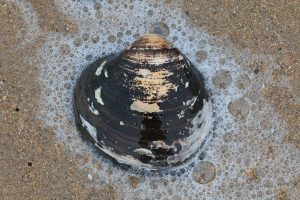
Greenland shark
Some of these sharks can reach the age of 200, and some are also 400 years old. It is one of the oldest vertebrates that can grow very slowly and sustain life for more years.
Some of the Sharks also reach maturity at 100 years of age. Adaptation to the living at depth makes them the fabulous species. However, the males of the species are comparatively smaller than the females. There is also coloration that can range from the pale creamy grey to the blackish-brown color.
When feeding on the large carcasses, the shark starts employing the rolling motion and the interlocking unit. They are exceptionally social among themselves.
Fun Fact
The Greenland Shark is the speedy species and has the tail beat frequency for the size across all the fish species. They can migrate annually based on the depth as well as temperature rather than the distance.
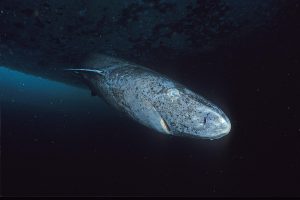
Bowhead Whale
These are one of the longest living animals that have an average lifespan of 200 years. They spend their lives mostly in the Arctic and sub-Arctic regions that make them the fifth-largest marine mammal. They have got their names after the characteristic triangular skull.
There are different types of whale populations. But this species had a severe rate reduction before the 1966 Moratorium. They are comparable to the size of the three species of the right whales.
The longest reliably measured male fishes of this species were around 16.2, while the female was about 18 meters. These whales are not social and travel alone into the small groups of six at a time.
Fun Fact
Bowhead whales are slow swimmers. They have sensory hairs that help them filter water when they feed themselves. Their hair has Keratin like human hair.
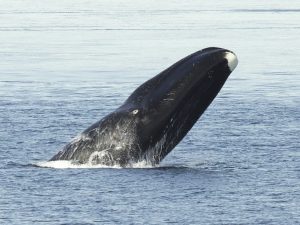
Galapagos Giant Tortoise
These are the largest living species of the tortoise that you can find existing. Some of them also go for a life span of 150 years. The modern tortoise is usually a way of 247 KG. Some tortoises exist on only the archipelagos, namely the Galapagos Islands and the Aldabra in the Indian Ocean.
The extinction of most of the species is due to predation by humans. Due to conservation efforts, there has been an increase in the number of tortoises in the ancestral home Islands.
These species of tortoise are cold-blooded and need two hours of sun-basking every day. On the larger and more humid islands, they migrate between the lower elevations likely the grassy plains. In wet seasons, the tortoise rest in the mud, and the rain formed pools. They also have adequate protection against the parasites like the ticks and mosquitoes.
The tortoises are herbivores and consume the diet that comprises mainly of leaves, grasses, and milkweed. They acquire moisture from the dew and down large quantities of water whenever they are thirsty.
Fun Fact
The most famous Galapagos tortoise named Lonesome George was a tortoise who lived on the Islands. The tortoise was a hundred years old and was a young adult.
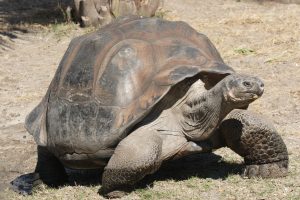
African elephant
These are the most massive longest living animals on land that have an average lifespan of 70 years. According to recent studies, female African elephants can also remain fertile until their death. The longest living animals comprise the African Bush elephant as well as the African Forest elephant. Both the species have been reported vulnerable to extinction according to the IUCN red list since 2004.
The African elephants have the grave folded skin that has the dark brown to black hair. The hair grows on the trunk with the two fingers like projections right on the tip of the male and female African elephants tusk. The tusk grows from the deciduous teeth referred to as tuchus.
These elephants are largely distributed in the sub-Saharan desert. They inhabit the arid regions, Woodlands as well as a tropical rainforest.
In terms of behavior, both the elephant species live in the families and comprise several members with separate families. They form the kinship as well as bond groups. These elephants use some vocalizations that go beyond the human hearing range for communicating within themselves.
The African elephant also uses its trunk and tusk for eating leaves and tearing up the branches, respectively. These species are referred to as one of the most intelligent longest living species. They have a large and highly rated trait that matches with the humans, dolphins, and apes.
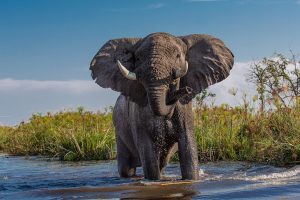
Macaw
These species have been estimated to live around 60 to 80 years, with the breeding age ranging between 30 to 35 years. The majority of the macaw is now quite endangered globally, and only some of them live and escape the illegal pet trade.
The long-tailed and colorful parrots are also referred to as the companion parrots. The majority of the makers have now become endangered in most parts of the world. However, the international trade of the macaw species has now become regulated. Some other species also have commercial importance. The feathers are quite attractive to people and are highly desired for bright colors.
People around the world use them in the form of adornment. These species are known for living over many years and feed on nuts, fruits, leaves, seeds, flowers, and stems.
Some foods also are said to contain caustic and toxic substances. The clay eating behavior of the macaw is observable in the Western Amazon region. Certain studies also show the correlation between the breeding season of these species.
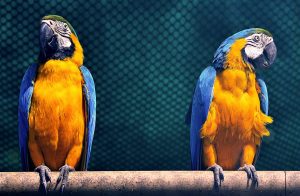
Longfin Eel
These eels are predominantly found in New Zealand and Australia, which have been estimated to live for 60 years with the oldest long life to have been recorded living up to 160 years.
These eels also grow relatively slow. They are one of the longest-lived animals that are migrating type. They are also good climbers when Juvenile. The female eels are relatively larger and longer-lived when compared to males. The male average goes to around 66cm, while the average female can be considered a larger reaching up to 156 CM.
Other members of the longfin also had an unusual life cycle. They love growing and living in the most profound areas. The fertile adults reside in the freshwater. Then, they go to the sea for breeding New Zealand.
Longfin eels come with a record-breaking 106 lifespan. In reality, there is no such capture recorded of either of the eggs or the longfin’s larva. However, on arrival in New Zealand, the larva undergoes a transformation that is referred to as metamorphosis. When they take the small transparent adult’s shape, they seem to be made of the glass.
The Longfin eels live in the freshwater regions of New Zealand. They usually live inland along the fresh waterways and the high country lakes connected directly to the sea. They prefer living in the shallow water with the cold substratum and the streamflow that is average at the germinal stage.
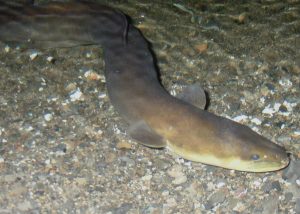
Red sea urchin
Red ocean urchins are accepted to be practically unfading. These little, barbed animals have known to live for more than 200 years. Their round body is secured due to sharp spines. These spines develop on a hard shell called the “test,” which encases the creature. They are found in the shallow water of the Pacific Ocean along the West Coast of North America.
The longest living animals can change from red to dull burgundy. Infrequently, pale-skinned person examples are found. It has a mouth situated on its underside, which is encircled by five teeth. During the larval turn of events, an ocean’s body imp changes from one color to spiral evenness.
The hatchling referred to Echinopluteus builds up a sort of pentaradiate evenness that portrays echinoderms. It slithers gradually over the ocean depths utilizing its spines as braces, with its cylinder feet assistance. Dispersed among its spines are lines of little cylinder feet with suckers that help it move and adhere to the ocean floor.
During the larval turn of events, imps use groups of cilia to catch food from the water column. Red ocean imps found in the channel adjoining San Juan Island have been found to carry on with an extraordinarily stationary way of life with the overwhelming flows bringing a bounty of food.
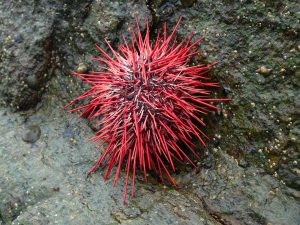
Koi fish
Koi fishes live for 25 to 30 years, yet there are reports of koi that have arrived at times of more than 200 years of age. Some people acclaim koi in Japan, “Hanako,” passed on in 1977. There have had been an investigation of the development rings of one of her scales detailed that she was 226 Older than the United States of America. Koi are omnivorous. They eat a wide assortment of nourishments, including peas, lettuce, and watermelon.
Typically, koi are scavengers with a mouth design adjusted for that. So food makers make a blended sinking and coasting mix food. Koi food is not exclusively to be healthfully adjusted, yet also to drift to urge them to rise to the top.
Koi can be checked for parasites and ulcers when they are eating. The koi has significant emblematic importance in traditional Chinese culture as well as Japanese culture. There are certain pertinent records in different antiquated Chinese verses and writing since the Jin line. It has a massive role in the national personality, representing fate, flourishing, and favorable luck.
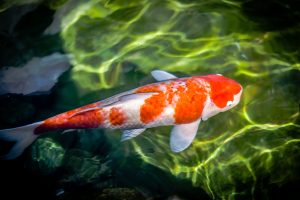
Final thoughts
It is pretty incredible how different animals of the same species can have longer and shorter life spans. Nature is the most surprising element in the world, and knowing more about it will always fascinate us. Stay tuned for more such incredible facts!
Writing allows me to pour my heart out in words. So, that’s what I’ve been doing for the past 6 years. I strive to bring in a change in the world by taking tiny steps of curating the right message that needs to be conveyed.
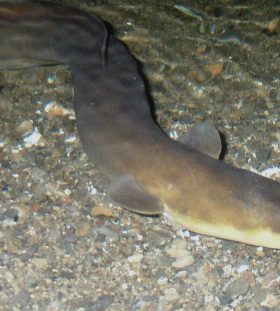
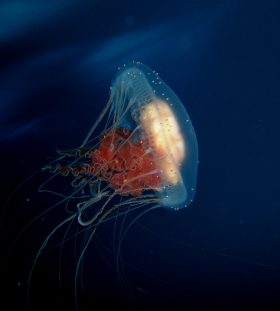
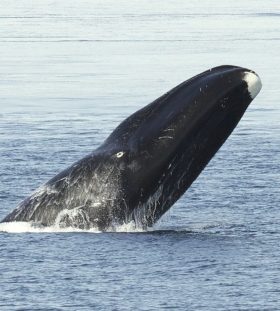

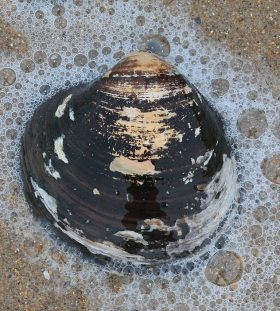
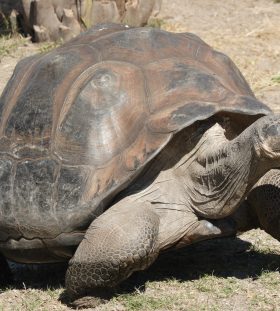
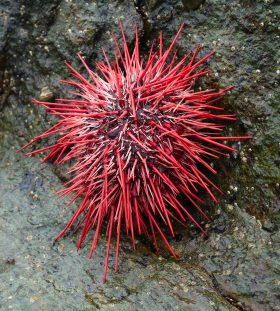
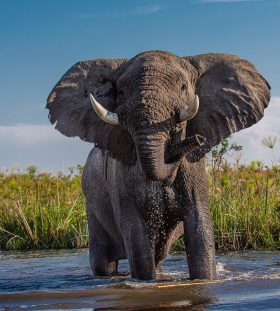
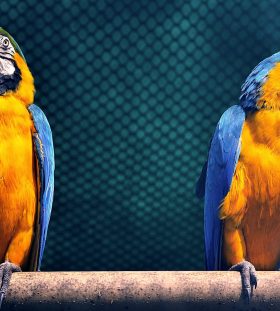
 Tagged:
longest living organism, oldest land animal species, oldest mammal species
Tagged:
longest living organism, oldest land animal species, oldest mammal species
